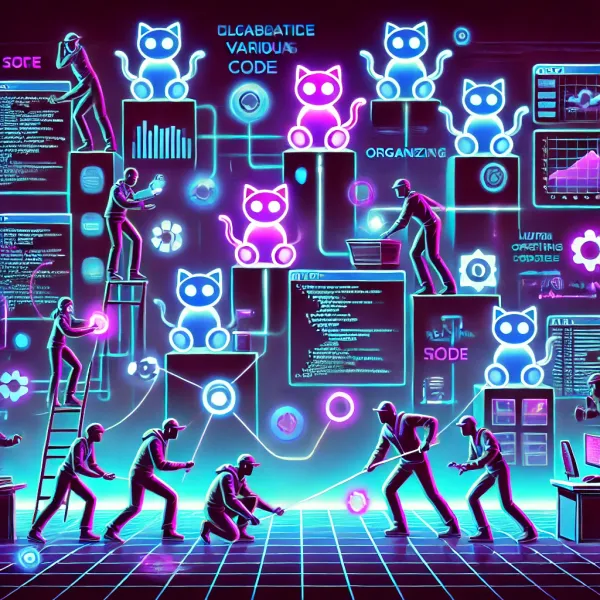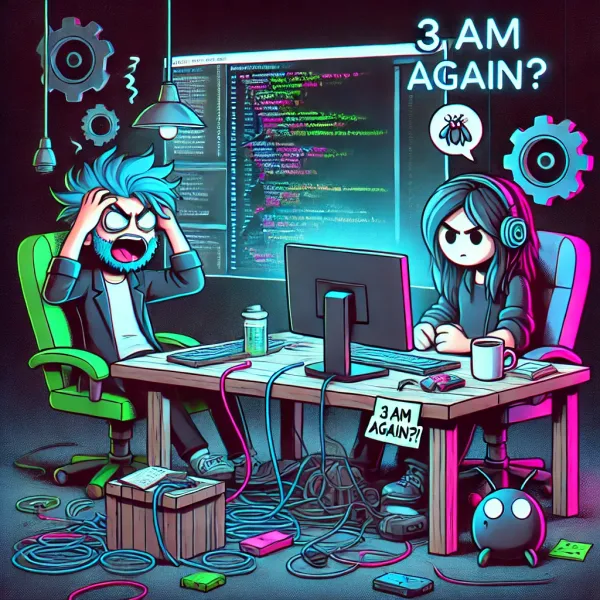Using Agile Meetings for Better Communication
Discussing the different types of agile meetings and how to make them useful.

Agile meetings are like a Swiss Army knife—versatile and powerful when used right, but also capable of stabbing your productivity in the face if mismanaged. The goal here? Run these meetings without making everyone wish they'd faked a Wi-Fi outage. Let’s cover the different types of agile meetings and how to make them actually useful.
Types of Agile Meetings
1. Daily Standups
Think of daily standups as the espresso shot of meetings—quick, effective, and a little bitter if done wrong. Keep it under 15 minutes. If someone starts rambling, hit 'em with a “Let’s take this offline.” We’re here for updates, not dissertations. Mastering asynchronous communication also helps if someone can’t make it.
2. Sprint Planning
This is where the team pretends they’ll actually accomplish everything they’re planning. Set clear goals, ask questions, and scope things realistically—otherwise, you’re setting yourself up for the sprint equivalent of trying to fit a couch through a door. Clear communication is the key to avoiding chaos.
3. Retrospectives
Retrospectives are where the team reflects on what worked, what sucked, and how not to make the same mistakes. No finger-pointing—just continuous improvement. If all else fails, bribe people with snacks. Communicating feedback constructively keeps things productive, so speak up—but stay civil.
4. Backlog Grooming
Backlog grooming is like spring cleaning for your project. Clear out junk, prioritize tasks, and get everyone on the same page about what’s coming next. It’s not glamorous, but it keeps your project from turning into an unorganized dumpster fire.

Tips for Effective Agile Meetings
1. Keep It Short
If your standup is running longer than 15 minutes, something’s off. Keep things tight, and if a topic needs more discussion, bump it to a follow-up. Nobody enjoys marathon meetings—except maybe your boss.
2. Be Prepared
Showing up unprepared is like bringing chips to a potluck—awkward and unhelpful. Make sure everyone knows the agenda ahead of time so the meeting runs smoothly.
3. Encourage Participation
These meetings aren’t monologues. If quieter folks aren’t chiming in, give them a nudge. Open-ended questions and active listening go a long way toward keeping things inclusive.
4. Focus on Communication, Not Blame
Mistakes happen—sometimes the code just rebels. Retrospectives aren’t about blame; they’re about learning and improving. Keep the focus on open communication and finding solutions.
Conclusion
Agile meetings are supposed to grease the wheels of progress, not clog them up. Keep things short, purposeful, and focused. Get in, get aligned, and get out. Because let’s be honest—there are better ways to spend your day than in meetings.




